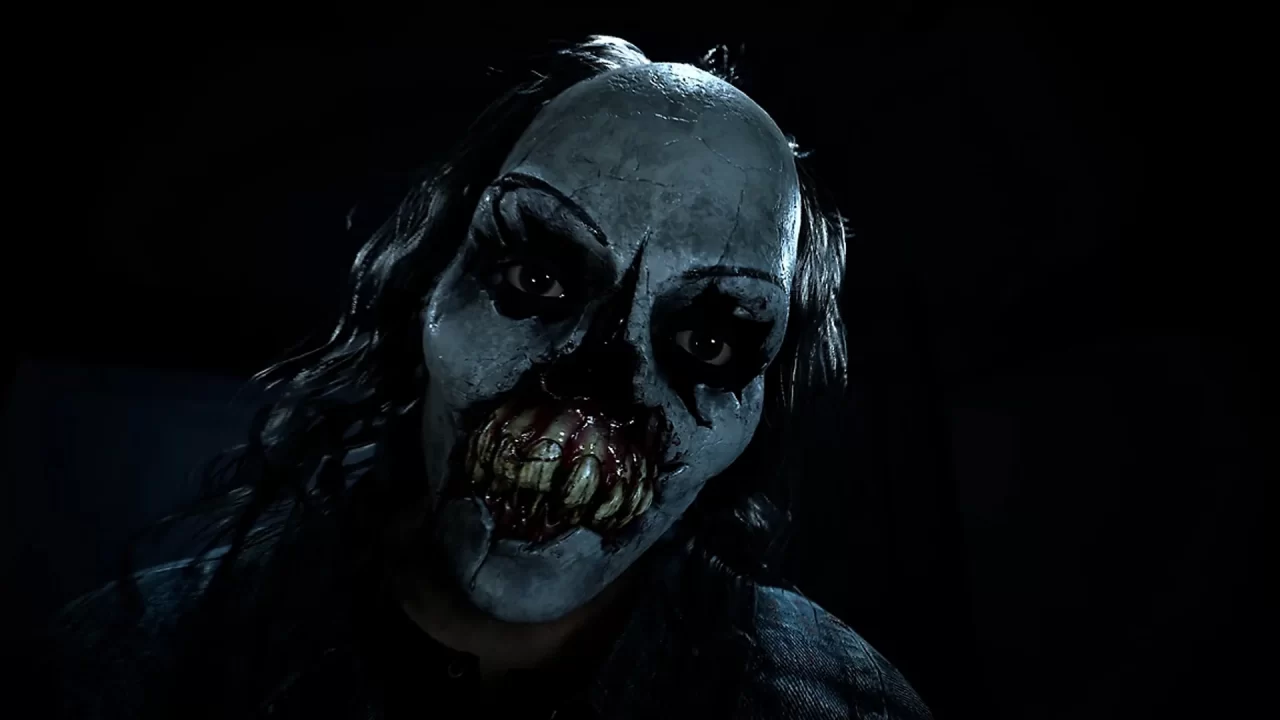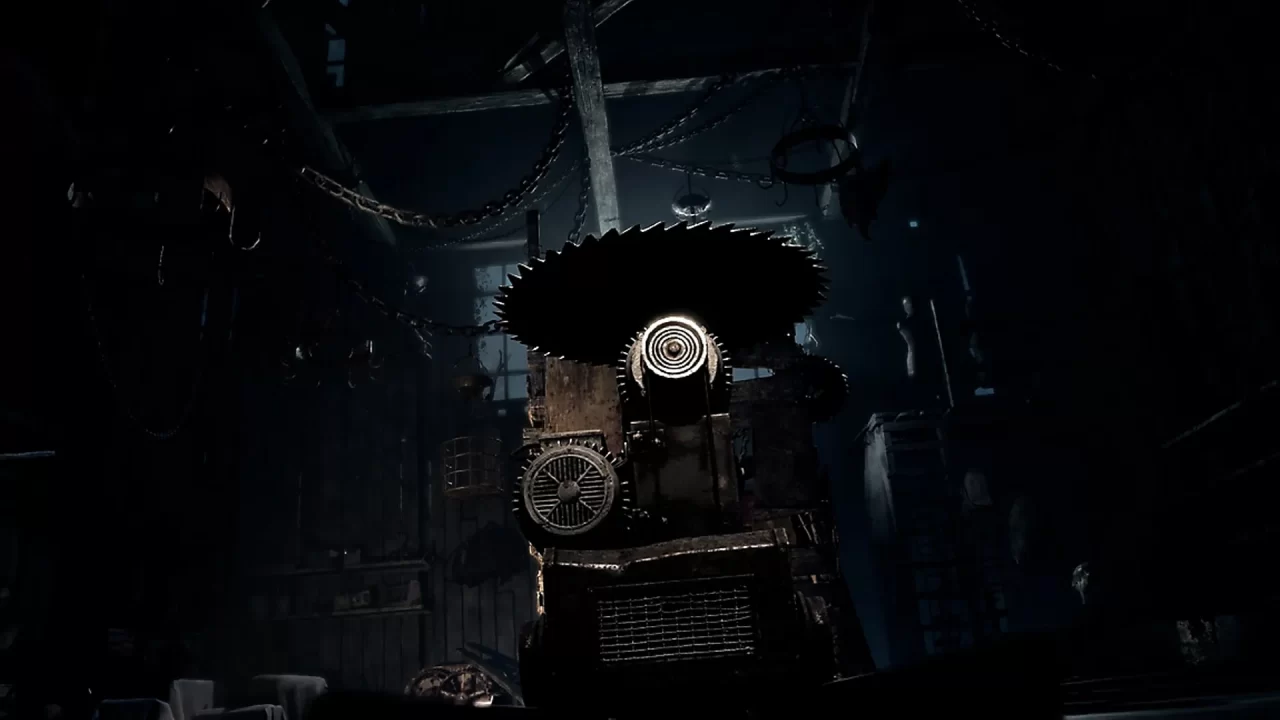Supermassive Games’ breakout hit, Until Dawn, was first released nearly ten years ago. Following hot on the heels of The Casting of Frank Stone, the Until Dawn remaster wasn’t actually undertaken by Supermassive Games, but Ballistic Moon, as Sony owns the rights to Until Dawn. Regardless, the substance and storytelling behind Until Dawn is Supermassive Games’ work, and while the remaster is replete with fancy graphical upgrades, are some things best left to rest? The answer’s no. Thank you for resurrecting this title, Sony. And with a fresh coat of paint!
Until Dawn follows a band of highly unlikable adult-children who humiliate a friend so badly that she runs into the freezing cold and dies.
…
A year later, the friends return to support the supposedly grieving brother who wants all of the friends to “party like pornstars.” Pornstars who have to survive a horrific night of murder, the elements, nature, and ancient curses. Until dawn. Naturally. Rest assured, no pornography occurs in Until Dawn (at least not in my playthrough).
I mention this because choices matter. I sure am tired of typing that phrase. What does it even mean? Yes, the various cast members can die. Or not! That depends on how quickly you can press buttons and choose the correct binary choice. I happily buy into the illusion because I’m along for the ride, but I know some of you out there may wag a finger at the linearity of the story, and that’s fine. For the most part, the game has a skeletal structure that it must follow, but the sinew and tendons develop around your choices. Hate the deplorable cast that somehow redeems itself when confronted with real, actual problems? Kill ‘em all! Take pity on the privileged? Hope you run and hide at the right moments, then.
In sincerity, though, the prologue is a fascinating way to start the tale. A practical joke poking fun at someone’s feelings and baiting them into an excruciatingly embarrassing prank almost encourages us to let them die. Maybe that’s the point. If I’m being honest, I didn’t feel especially invested in anyone, even the less awful protagonists. Sure, none of them deserve to die in actuality, but it’s a game, right? We can craft the tale how we wish, or at least play tug-of-war with the creators.
Beneath the ostensibly life-or-death struggle during the game lies an intriguing history dating back decades, perhaps even centuries. While controlling the protagonists, we either play an on-rails section where we must make choices and do quick-time-events, or walk around a restricted area discovering nick-nacks that provide context and lore. Unfortunately, the game often devolves into a tired game of “find the wrong route or else miss some story bits,” but seasoned gamers can quickly adjust to this frustrating trope. Although not a desirable delivery, the story behind these mountains the characters are trapped in makes for some good horror tongue-wagging.
Near the end of the game, the character logic goes off the deep end with bizarre conclusions that don’t even make sense by B-movie standards. Characters split up or don’t react to considerably strange events. One could argue that they’re traumatized and desensitized to the point where flickering lights, earthquakes, and groans don’t faze them by the end of the game, but from an interactive perspective, I don’t buy it. Give us some reaction that makes sense. Even in the beginning, the jump scares don’t really shock the characters. If a giant buck ran in front of me within arm’s reach, I’d react way more than these kids would.
Speaking of jump scares, expect a lot of that here. Not excessive, but much of the fear is delivered in sudden visuals and sounds. The mood hits right, creating an uneasy feeling from near the beginning to the actiony end, but some folks aren’t into the cheap thrills and you have been warned. All that said, this is a horror game delivered in the same way a film is. Supermassive Games cut their teeth on this style of game, almost as if players can sit back with a TV remote on the couch and guide their way through Evil Dead.
The controls are mixed, which is likely due in part to the remastering. A controller works best, mostly because of the QTEs and ability to recline and take it all in, but the movement can feel a bit muddy—not as bad as The Casting of Frank Stone, but not buttery smooth the way one might hope. Controlling a reticle is hard enough with twin sticks, but I had two instances in which the cursor simply wouldn’t move low enough to land in the circle, as if an invisible wall blocked me. I was eventually able to get into the circle, but with a fraction of a second window to land the hit. This takes a person out of the moment.
But with visuals, acting, and sound like this, how can someone stay out of the moment for long? The remaster does its job—for the most part. Until Dawn is a critically acclaimed nine-year-old game and deserves this facelift. Warts exist, unfortunately; while I didn’t experience a ton of issues, I saw my fair share of pop-in, like disembodied heads bobbing around and eventually attached to bodies a few seconds into a cutscene. Similarly, I saw headless torsos walking around that eventually had a head to guide them. Stuttering occurred infrequently, so I don’t want to harp on this too much, but in a game that is about immersion and atmosphere, these issues are less acceptable than in most games. Nevertheless, the actors kill the delivery, and even though they start off loathsome, the quality performances drew me into character growth and made me root for them. The music, while nothing notable, delivers the horror experience the creators hope to achieve.
If you were late to the Supermassive Games train like I was, climbing aboard sometime after their success because you didn’t have a Playstation 4, then this is the perfect time to catch up on a classic. Some might say this is the progenitor of interactive cinema, at least in terms of commercial success. While not the perfect remaster, Until Dawn has made the leap to the modern era of presentation without falling to its death. Just a few scrapes and bruises.





